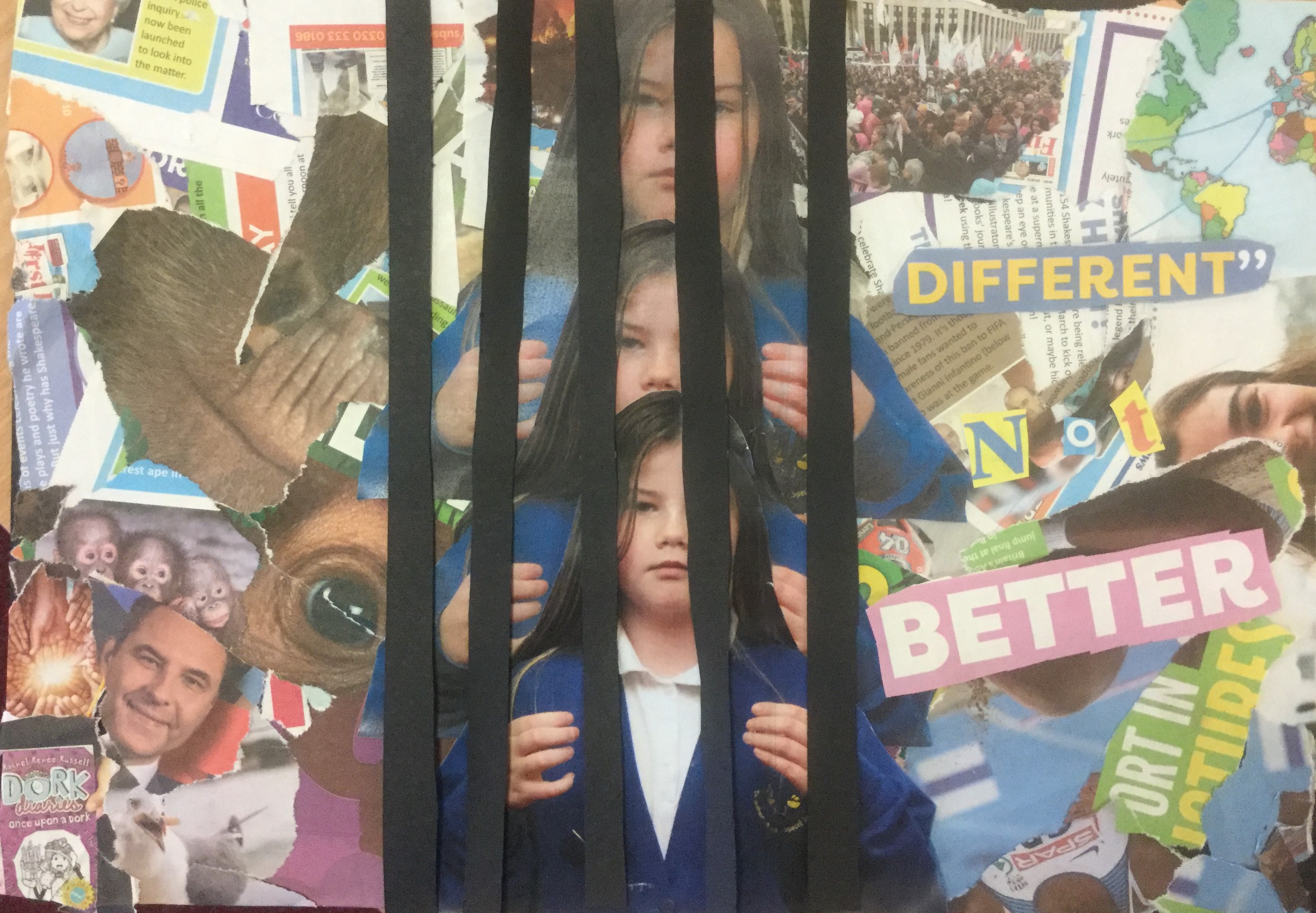Teaching Things Differently
Beverley Briggs, Creative Producer for The Forge, talks about their TDF project working with seven schools in County Durham.

The Forge is an arts-in-education agency based in County Durham. We work with schools from the North East’s most disadvantaged communities, co-creating arts-based programmes to support children’s learning. Our “Teaching Things Differently” TDF programme is a flagship collaboration that explores how photography can be used to support children’s creative writing skills.
Photography has often been used as a tool for social action, giving a voice to those who are least heard. It offers a more immediate, inclusive and accessible storytelling platform than traditional text-based approaches and – because of this, in recent years it has attracted a number of research studies that have explored its potential as a pedagogical tool.
Our CPDL programme acknowledges this research, and is inspired by the work of visual literacy theorists the New London Group (1996) and Kress (2003). It has grown directly out of our earlier PHF Explore and Test project that examined how artist-led photography and writing workshops influenced children’s writing. We are now working with 12 teachers from seven partner schools to see whether teachers themselves can deliver similar positive results.
We launched in September 2019 with a weekend conference event for teachers, artists and school leaders. Teachers then attended six additional half-day sessions, led by our photographers Julia Parks and Gailen Manuel. These sessions gave teachers the opportunity to understand more about multi-literacy theory and to explore photography skills (such as focus, framing, angle, point of view and depth of field). Sessions ended with discussions about how photography could be used to support writing in the classroom.
Teachers then delivered “taster” activities with children. Early anecdotal results were promising, suggesting that this blended visual-literacy approach (using a mixture of photographic exercises, visual stimuli and creative writing activities) offered less confident pupils a gateway into creative writing.
Post-lockdown, we are delighted that teachers have continued to deliver photography-based projects in school, pandemic-proofing their original plans by using class sets of school tablets rather than sharing cameras. For some, this work forms a key part of their recovery curriculum:
“Since we came back in September, our children and staff have been working flat-out at catching-up with missed learning – but the great thing about this project is that it gives children the freedom, the time and the space to enjoy their learning. Catch-up is of course essential, and the visual literacy/creative writing focus of our project helps support this. However, the joy that I’ve seen in the classroom – children beaming and laughing as they take their photographs – is vital if schools are to return to anything like normality. This project has always been important to us, but for me it is more important post Covid-19 than it ever has been, as it gives children the opportunity to experience moments of real joy and pleasure.”
– Allyson Thorpe, Head teacher, St Joseph’s Catholic Primary School
Photography is also being used to re-imagine literacy lessons. The photograph of the knight in the lake was produced by a Year 4 SEND student as part of a storyboarding exercise. The composition is astonishing, but it was the child’s determination to set-up and capture the exact image that he wanted (using only a camera, a toy soldier and a puddle) that most impressed his teacher. In subsequent sessions, pupils will explore how these artistic decisions can be linked to a writer’s choices.
We began this project hoping to disrupt and enrich current teaching practice and to work with teachers to find an alternative to “literary feature tick-list” approaches to teaching creative writing. While this work shows early promise, we have a long way to go. In year two, we will continue working with teachers to expand our understanding of the term “literacy,” and build upon the visual expertise that children already demonstrate in their daily lives.
With thanks to our partner schools:
Bloemfontein Primary, Stanley
Brighton Avenue Primary, Gateshead
South Bede, Bede Academy Blyth
St Joseph’s Catholic Primary, Stanley
South Stanley Junior School, Stanley
The Dales Special School (Ashdale and Blythdale), Ashington and Blyth
Woodhouse Community Primary, Bishop Auckland